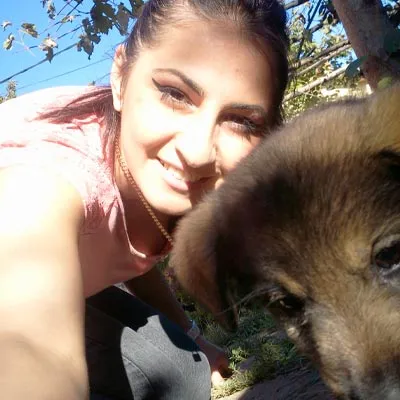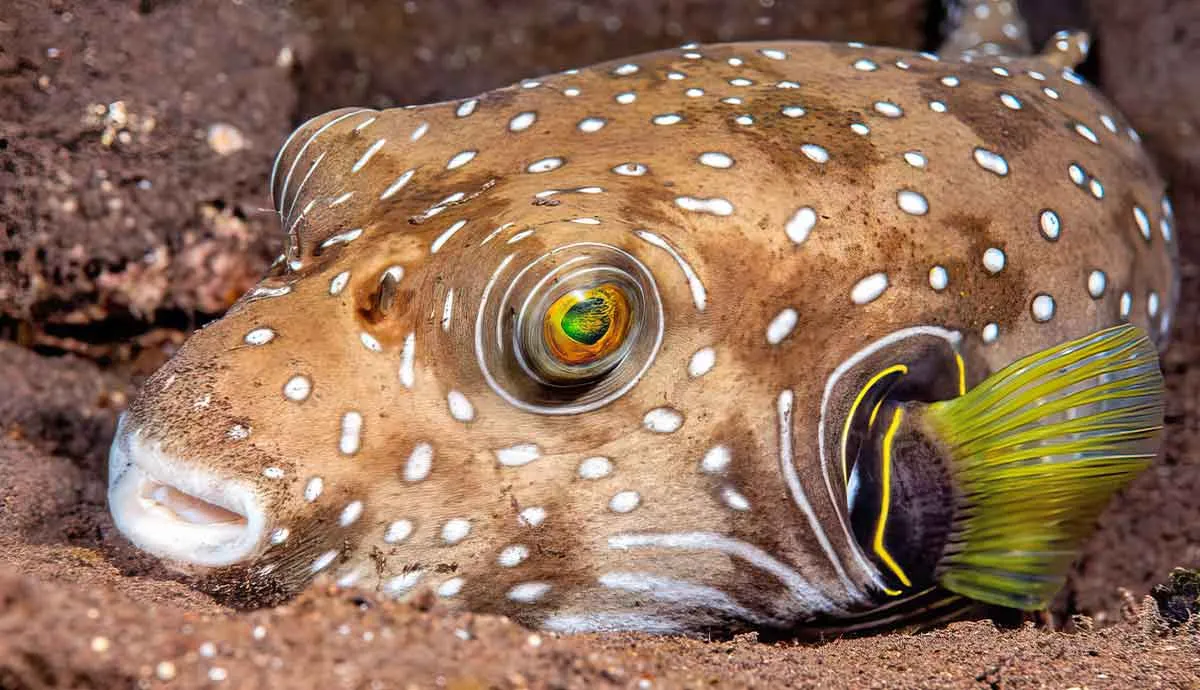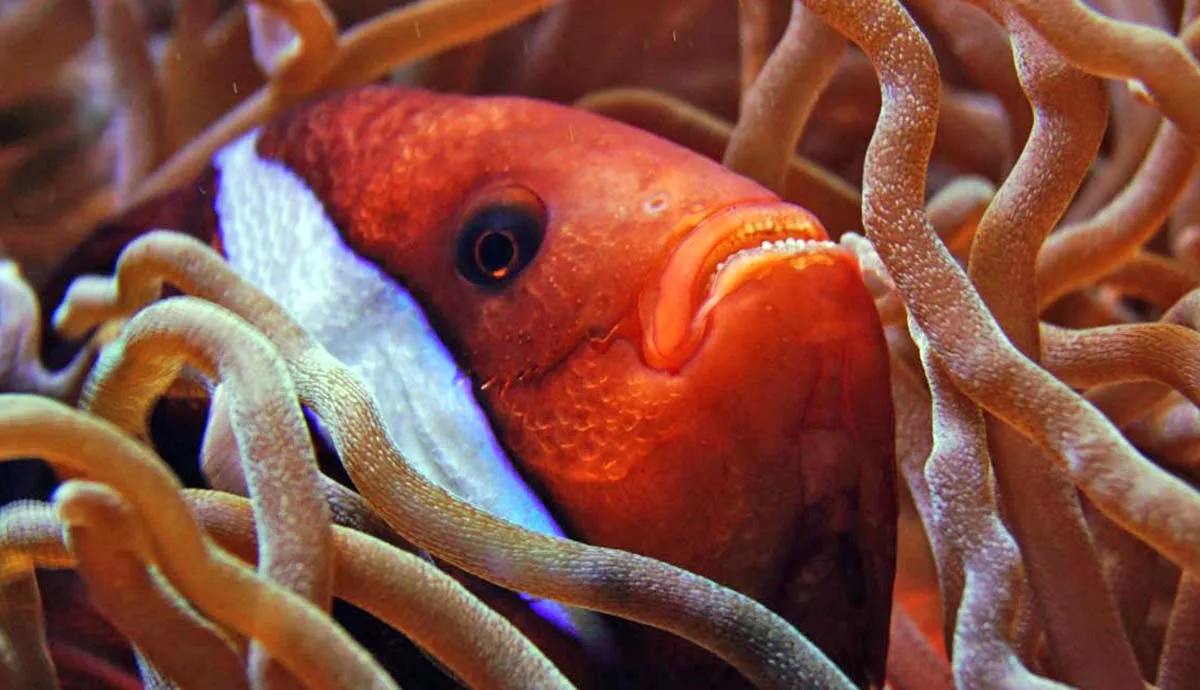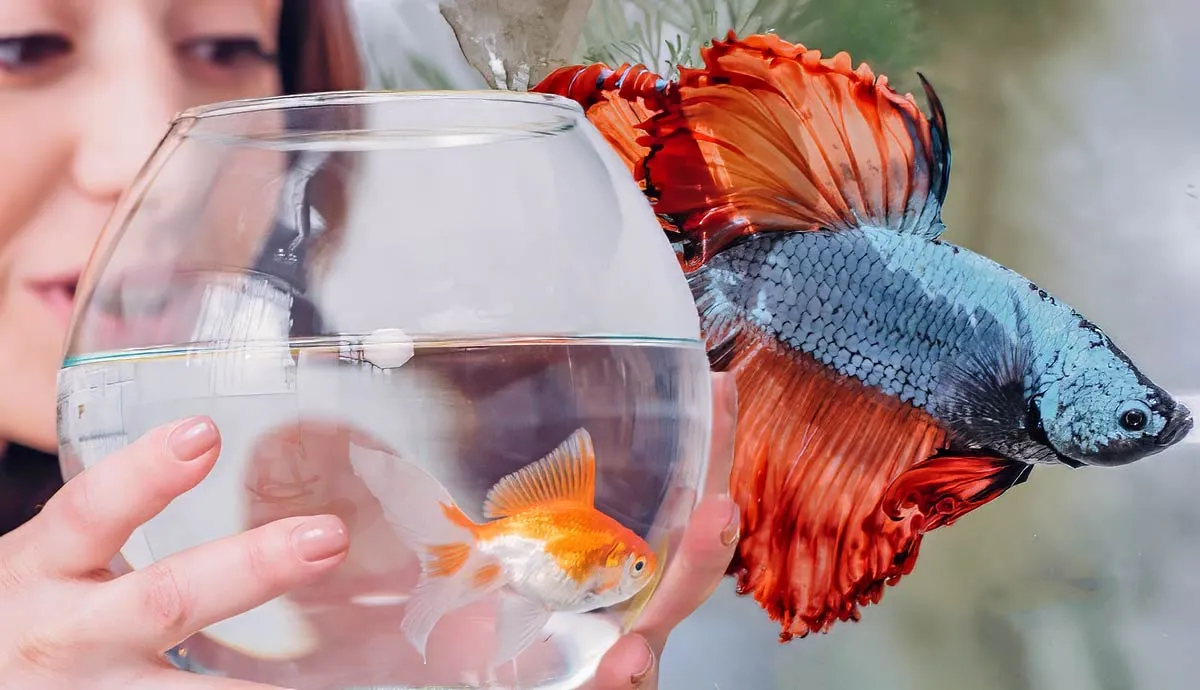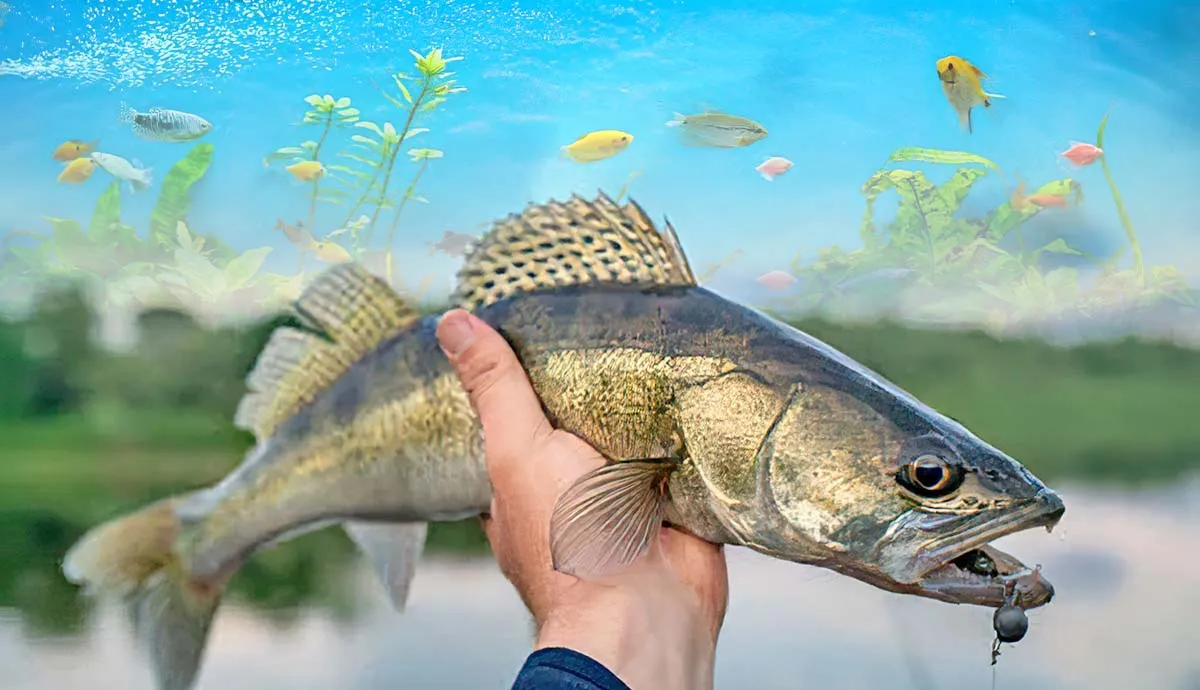Can fish drown? In short, yes, fish can drown, but not in the way you imagine.
Unlike people and animals who obtain oxygen through the lungs, fish breathe through gills. The gills allow them to extract oxygen from the water.
However, fish can still experience oxygen deprivation, resulting in suffocation and death because of pollution, fluctuations in water temperature, algae blooms, and diseases.
In this article, we’ll explain how fish can drown and why, so let’s jump right in!
Can Fish Really Drown?
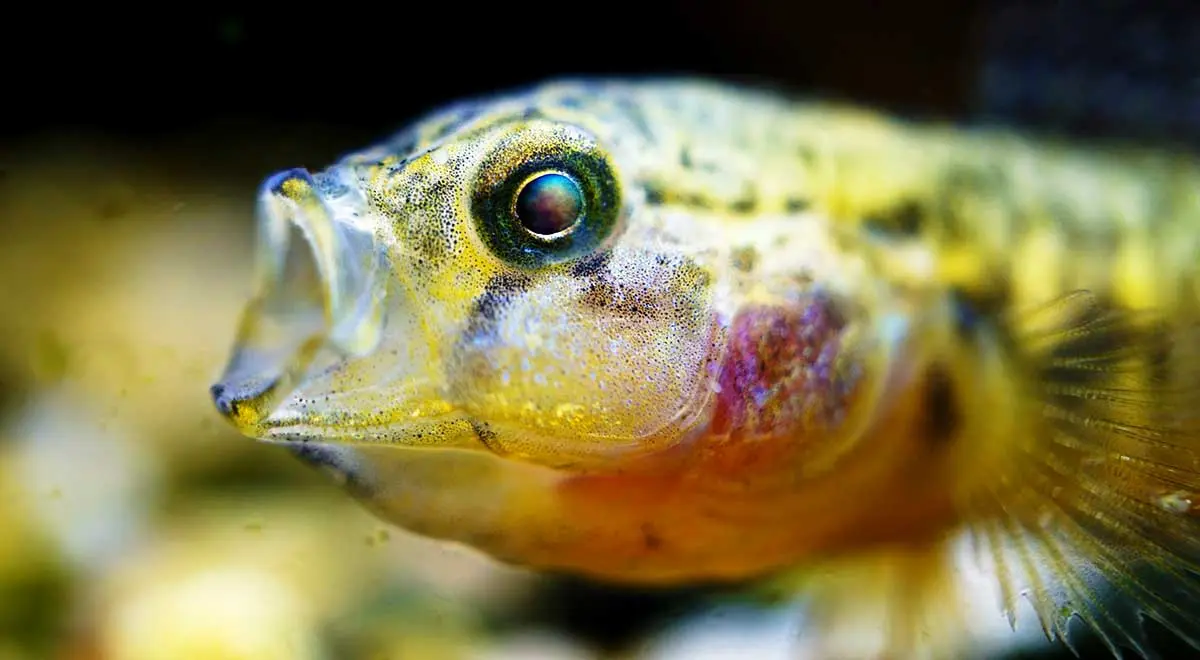
Fish don’t “drown” in the same way we do. However, they can suffocate under certain conditions. This is because fish don’t have lungs like mammals. Instead, they have gills (specialized organs for extracting oxygen from water and releasing carbon dioxide).
Gills have thin walls with numerous blood vessels, facilitating the exchange of gases between water and the fish’s bloodstream. Suffocation in fish happens when they can’t get enough oxygen from the water.
Lack of oxygen in the water may be a result of pollution, low water levels, or high water temperatures. When oxygen levels drop, fish may display behaviors like gasping for air. The same happens when they’re out of water.
Some Fish Have Lungs!

Some fish can actually handle low oxygen levels. For instance, salmonids and goldfish can get oxygen from both water and air.
They have special organs in their mouths or guts that let them take in oxygen from the air. Eels, on the other hand, absorb oxygen through their skin, which lets them survive on land for a while.
Now, most fish have a swim bladder, which helps them stay buoyant. However, sharks don’t have this, so they must keep swimming. Otherwise, they will sink.
The white shark and tuna also have adapted gills that can obtain oxygen from moving water. In other words, these species must always move, even when sleeping.
More interestingly, some fish, like lungfish, have both gills and lungs. They live mainly in freshwater and use their lungs to support their gill breathing.
The African lungfish, for example, can endure dry periods by digging into mud and using their lungs to breathe air.
How Do Fish Drown?
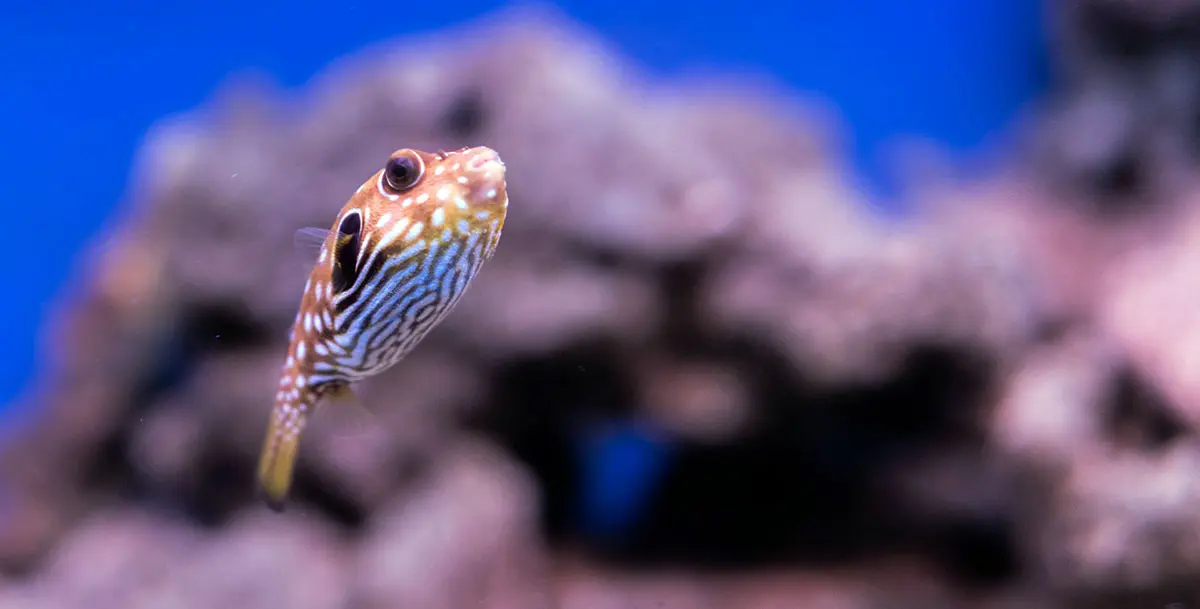
As stated above, fish extract oxygen from water using their gills. If there’s not enough oxygen in the water, they can’t breathe properly and might suffocate.
Now, the amount of oxygen in the water depends on how warm and salty it is and how fast it is moving. When oxygen levels drop, fish have a hard time getting enough oxygen through their gills.
However, different kinds of fish need different amounts of oxygen. Some can handle low levels, but all fish can get stressed or even die if oxygen levels get too low.
The decrease in oxygen levels can happen for various reasons, including pollution, too many fish in one area, and algae blooms. Let’s discuss these reasons in detail, starting with pollution.
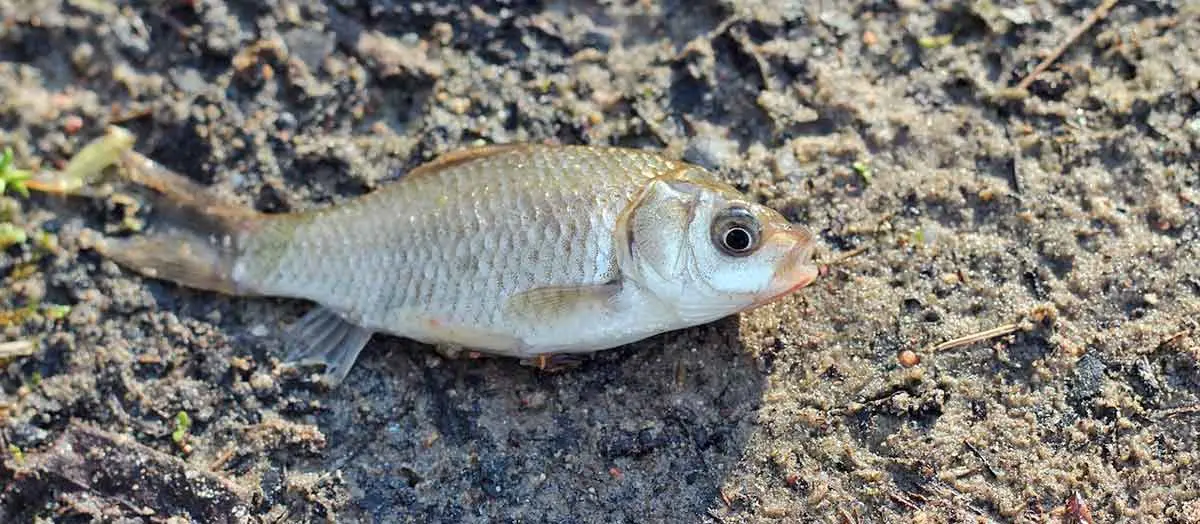
- Chemicals or sewage from farms can make small organisms grow more, and they use up oxygen. Heavy metals and pesticides can also hurt fish and reduce oxygen levels.
- Overcrowding can also cause suffocation in fish. Too many fish in one area can use up all the available oxygen. This typically happens in places where the water doesn’t move, like tanks. However, fish owners can solve this problem by maintaining a well-balanced aquarium.
- Algae blooms can also cause problems because they grow fast, cover the water, and use up oxygen when they die and break down. To make matters worse, some types of algae release toxins that harm fish.
What About Pet Fish?
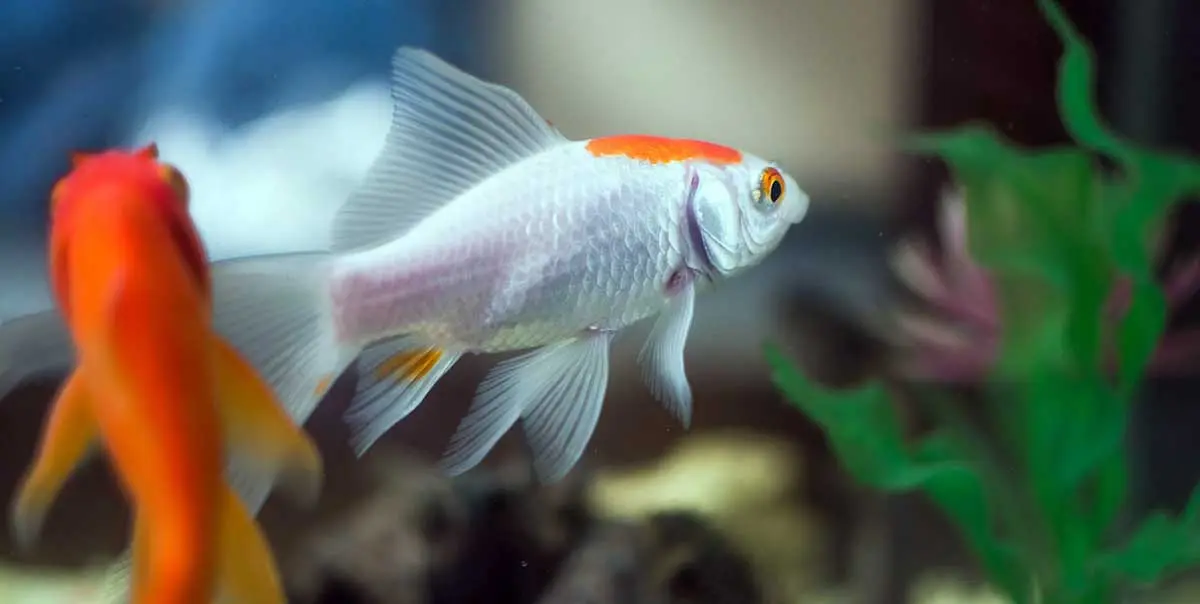
Fish make fantastic pets because they’re beautiful, relatively low-maintenance, and can bond with humans. However, like their wild counterparts, they can suffocate because of poor water quality, overcrowding, or insufficient aeration.
You can keep your pet fish safe from suffocation in their tank by following these simple yet important steps:
- Test the water regularly to make sure it’s right for your fish. If necessary, change some of the water to remove waste and add fresh oxygen.
- Pumps and air stones can help oxygen get into the water and keep your fish breathing easily. Consider incorporating both in your tank setup.
- Make sure your tank isn’t packed with too many unique aquatic creatures. Overcrowding can reduce oxygen levels quickly. Stick to the recommended number for your tank’s size.
- Include live plants in the tank. They help make oxygen through a process called photosynthesis, which is good for your fish.
- Regularly clean out any leftover food or gunk from the tank. These things can use up oxygen as they rot. Additionally, consider adding some of the best freshwater tank cleaners.
- Keep the water at the right temperature for your fish. Remember that warmer water holds less oxygen, so you must keep it just right.
Closing Thoughts
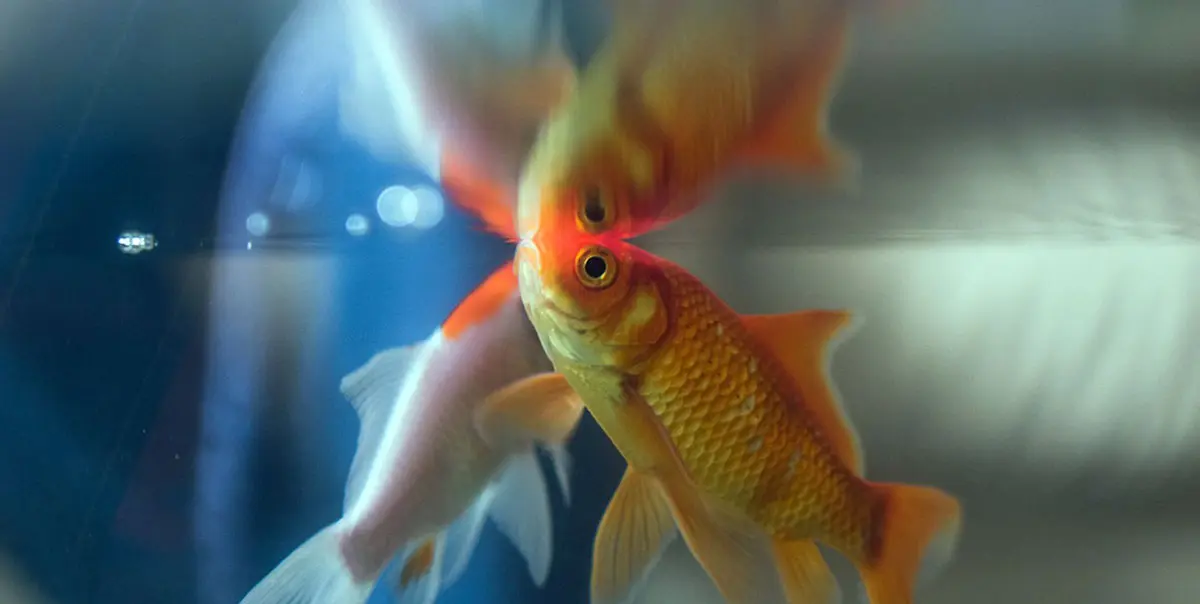
In conclusion, fish breathe through their gills, and while they don’t drown like us, they can still suffocate if there’s not enough oxygen in the water. This can happen in both wild and pet fish.
So, if you’re a fish owner, you should make sure the tank has enough oxygen for your fish to breathe by adding live plants, pumps, and airstones. Finally, don’t forget to clean your tank regularly and make sure the water temperature is right for your fish.

